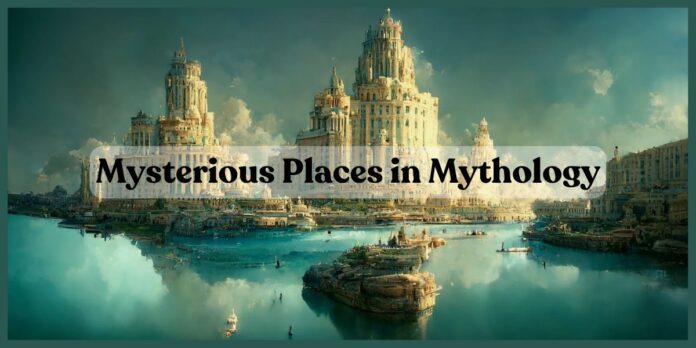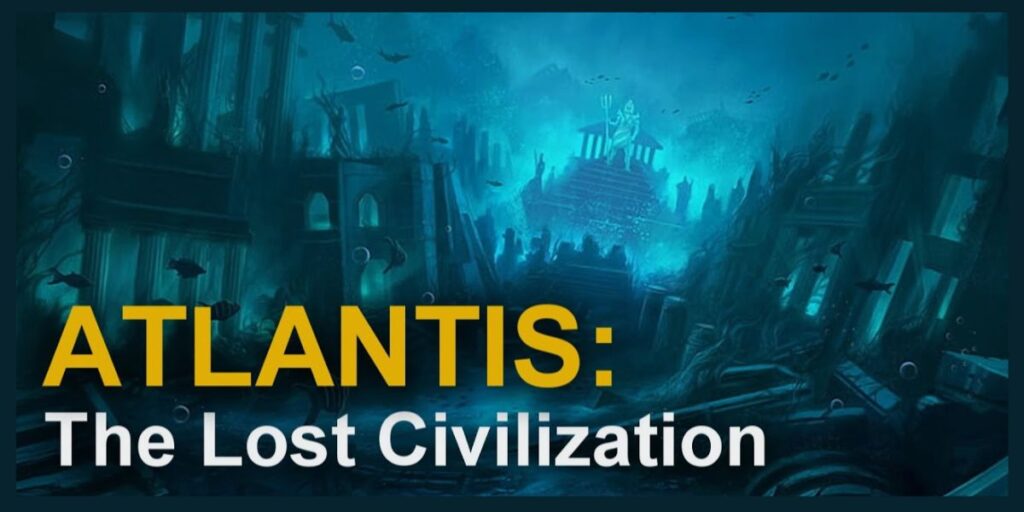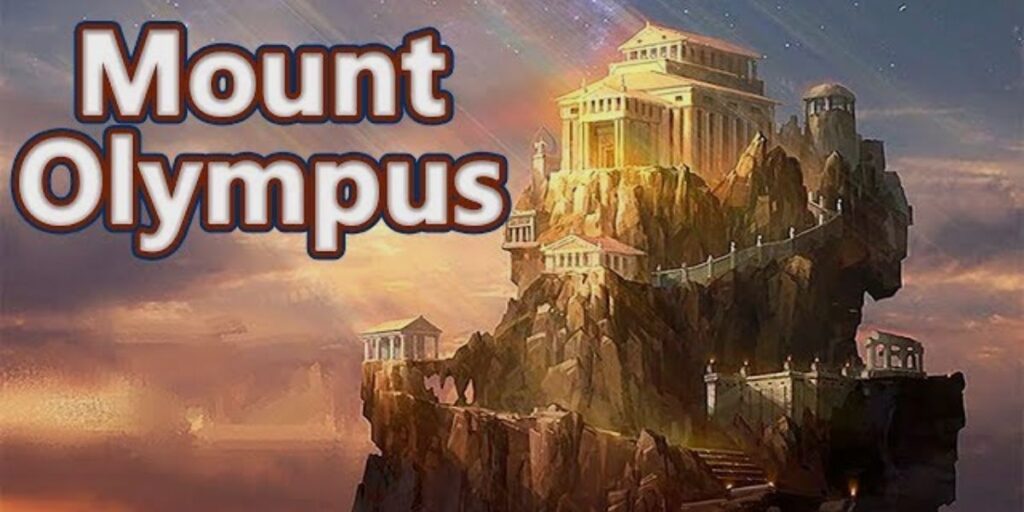Throughout history, humanity has been captivated by the mysterious and the unknown. This fascination has often found expression in the rich tapestry of myths and legends woven by different cultures around the world. Among the many intriguing elements of these myths are the mysterious places that serve as the settings for epic tales of gods, heroes, and mystical creatures. These Mythological islands, often shrouded in secrecy and imbued with supernatural significance, continue to capture our imaginations. In this article, we’ll explore some of the most mysterious places in mythology from various cultures.
Avalon: The Isle of the Blessed
One of the most enigmatic locations in Arthurian legend is Avalon. The mystical island where the legendary King Arthur was taken after his final battle. Avalon is often depicted as a paradise, a place of eternal spring where wounds heal and time stands still. It is here that Arthur is said to rest; awaiting the day he will return to lead his people in their time of greatest need. The location of Avalon remains a mystery, with some suggesting it is a metaphorical place representing spiritual enlightenment or the afterlife. Others believe it may be based on a real location. Such as Glastonbury in England, where legend has it that Arthur’s grave was once discovered.
Shambhala: The Hidden Kingdom
In Tibetan Buddhism, Shambhala is a mythical kingdom said to be hidden somewhere deep within the Himalayas. It is described as a place of peace and prosperity, where inhabitants live in harmony with nature and possess advanced spiritual knowledge. According to legend, Shambhala can only be reached by those who are pure of heart and have achieved a high level of spiritual awakening. The concept of Shambhala has fascinated explorers and mystics for centuries. Leading to numerous expeditions in search of this hidden paradise. While no physical evidence of Shambhala has ever been found, its allure continues to inspire those seeking spiritual enlightenment.
El Dorado: The City of Gold
The legend of El Dorado originates from the indigenous cultures of South America, particularly the Muisca people of Colombia. El Dorado, which means “The Golden One” in Spanish, was originally thought to refer to a king who would cover himself in gold dust and dive into a sacred lake as part of a ritual. Over time, the legend evolved into the idea of a city made entirely of gold, hidden deep in the jungles of the New World. The myth of El Dorado drove numerous expeditions during the Age of Exploration. As adventurers from Europe sought to uncover its riches. Despite the failure to find such a city, the legend of El Dorado remains a symbol of the endless human quest for wealth and the unknown.
Valhalla: The Hall of the Slain
In Norse mythology, Valhalla is the majestic hall where the bravest warriors. Known as the Einherjar, go after they die in battle. Located in Asgard, the realm of the gods, Valhalla is ruled over by Odin, the chief of the gods. The warriors in Valhalla spend their days fighting each other in preparation for Ragnarök, the apocalyptic battle that will end the world. At night, their wounds heal, and they feast and drink in the great hall. Valhalla represents the Norse ideal of warrior glory and the belief that a hero’s death in battle is the highest honor. The concept of Valhalla has had a profound influence on popular culture, symbolizing the ultimate reward for valor and bravery.
Atlantis: The Lost Civilization
Perhaps the most famous of all mythical places. Atlantis is a legendary island civilization described by the ancient Greek philosopher Plato. According to Plato, Atlantis was a powerful and technologically advanced civilization that existed around 9,000 years before his time. The people of Atlantis were said to have become corrupt and greedy, leading to their downfall. The gods punished them by sinking the entire island into the ocean in a single day and night. The story of Atlantis has captured the imaginations of countless people over the centuries. Leading to speculation about its possible location and whether it ever really existed. While no definitive evidence of Atlantis has been found, the idea of a lost civilization lying beneath the waves continues to intrigue historians, archaeologists, and treasure hunters alike.
Tír na nÓg: The Land of Eternal Youth
In Irish mythology, Tír na nÓg is a mystical realm of eternal youth, beauty, and joy. It is one of the many otherworldly places in Celtic mythology. Often described as a paradise where sickness and death do not exist. The most famous tale associated with Tír na nÓg is the story of Oisín, a warrior-poet who was taken to the land by Niamh. A fairy princess. Oisín lived in bliss for what seemed like a few years, but when he returned to Ireland, he discovered that centuries had passed. The story of Tír na nÓg reflects the deep-seated human longing for immortality and the fear of time’s relentless passage.
Mount Olympus: The Home of the Gods
Mount Olympus, the highest mountain in Greece, is known in Greek mythology as the home of the Olympian gods. The gods, led by Zeus, were believed to live in palaces high above the clouds on this sacred mountain. While Mount Olympus is a real geographical location. The mythology surrounding it has transformed it into a place of great mystery and significance. The gods of Olympus were thought to influence all aspects of human life, from love and war to the seasons and the harvest. The idea of a divine realm existing just beyond the reach of mortals is a recurring theme in many cultures. Reflecting humanity’s desire to connect with the divine.
Hades: The Underworld
In Greek mythology, Hades refers both to the god of the underworld and the underworld itself. Unlike the fiery hell of later Christian tradition, Hades is a shadowy realm where the souls of the dead reside. It is divided into different regions, including the Elysian Fields, where the righteous live in eternal bliss, and Tartarus, where the wicked are punished. The river Styx, which separates the world of the living from the dead, is one of the many features of this mysterious place. Hades is a complex and multifaceted concept, representing not only the final destination of the soul. But also the mysteries of death and the afterlife.
Conclusion
The mysterious places in mythology offer a window into the fears, hopes, and beliefs of the cultures that created them. Whether as real locations imbued with supernatural significance or as purely mythical realms, these places continue to captivate our imaginations. They remind us of the timeless human quest to understand the unknown and to seek out hidden truths. And to find meaning in the world around us. As we explore these myths, we are reminded that the mysteries of the past continue to shape our present and inspire our future.






